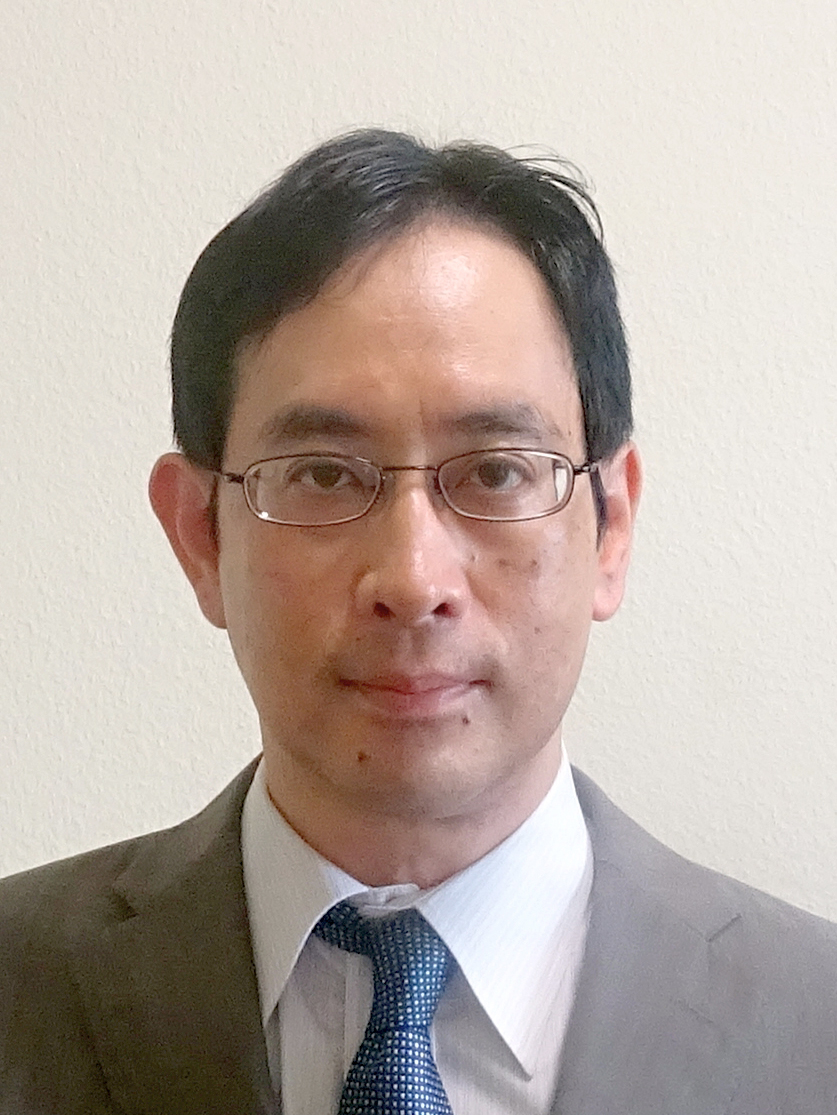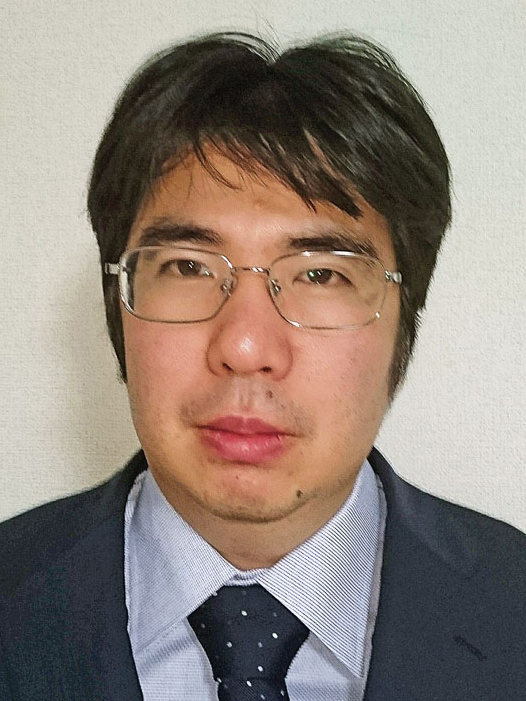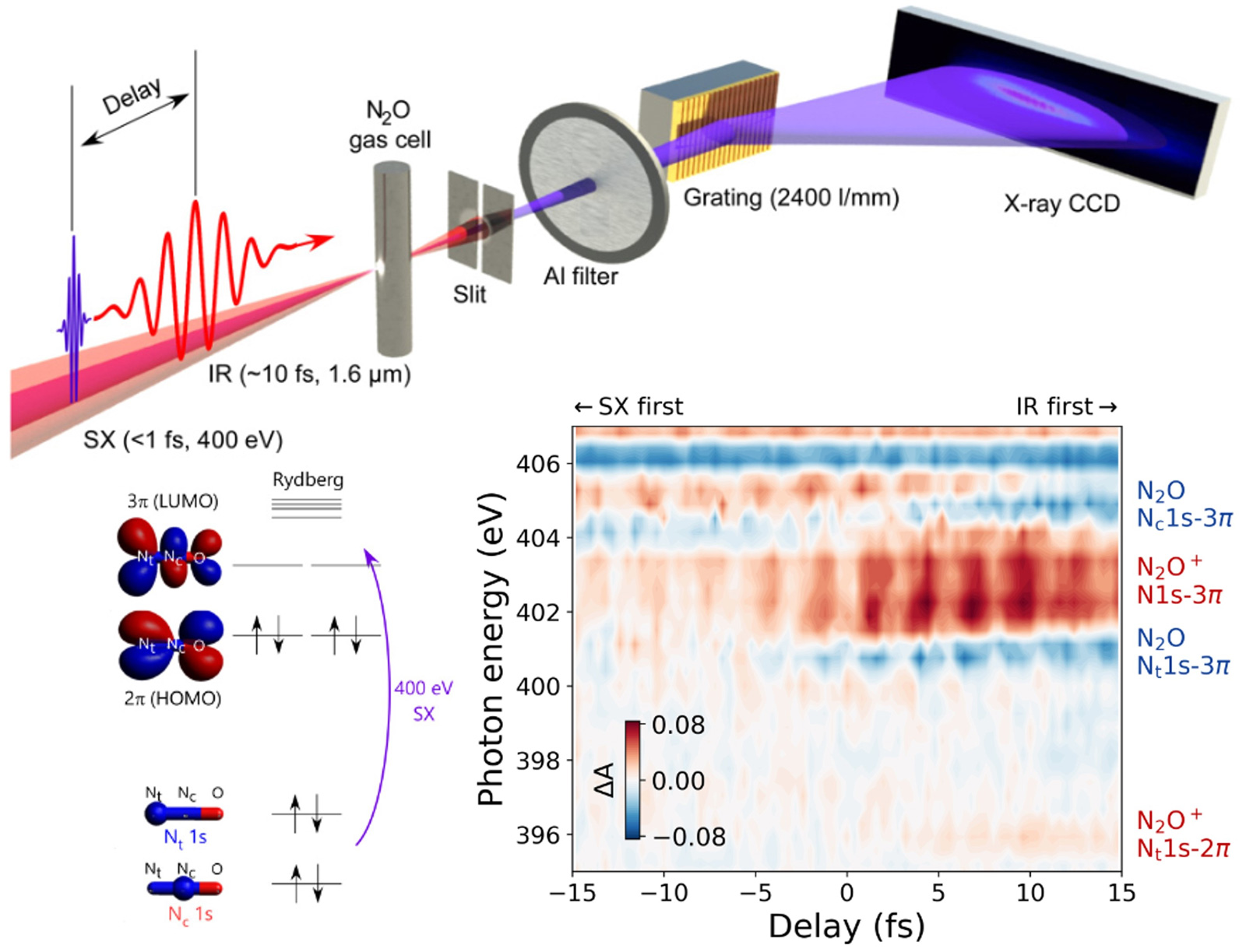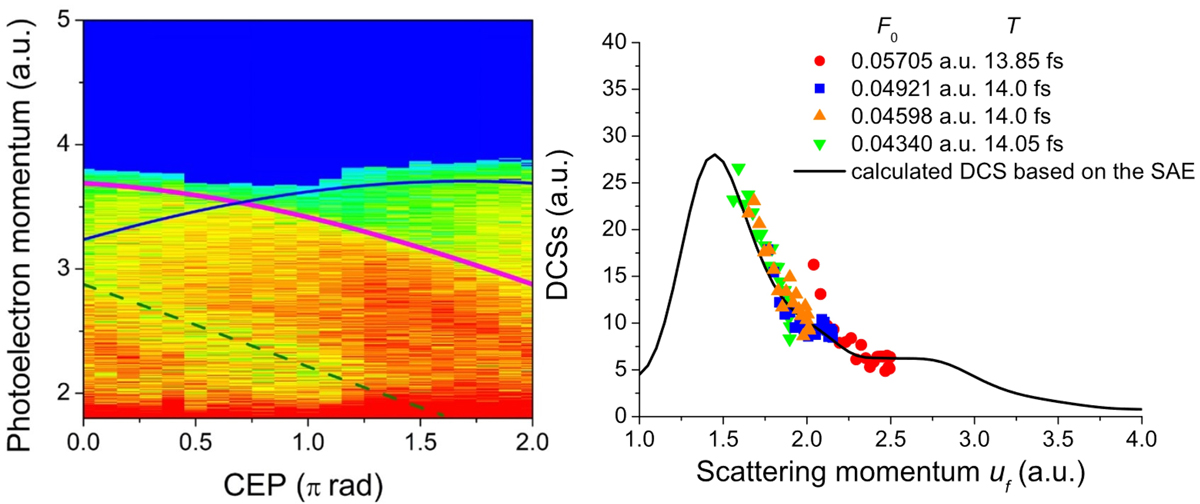Itatani Group

- Affiliation
- Laser and Synchrotron Research Center
- Course
- Phys., Sci.
 Research Associate PYATENKO, Elizaveta
Research Associate PYATENKO, Elizaveta
 Project Research Associate MIZUNO, Tomoya
Project Research Associate MIZUNO, Tomoya
Research Subjects
- Development of phase-stable intense ultrashort-pulse lasers
- Generation of soft-X-ray attosecond pulse, attosecond spectroscopy of atoms, molecules, and solids
- Measurement and control of ultrafast phenomena in strong optical fields
- Development of ultrafast soft X-ray spectroscopy
We are working on the development of intense ultrashort pulse light sources and their applications in ultrafast spectroscopy on the femtosecond to attosecond time scale. In light source R&D, we focus on the generation of waveform-controlled intense optical pulses from the visible to the mid-infrared spectral range and the generation of short-wavelength ultrashort pulses using the physics of high-order harmonic generation in gases, solids and liquids. In addition, we are developing the building blocks of next-generation light sources to overcome the limitations of current Ti:sapphire laser-based technologies. Based on these novel light sources and techniques, we are developing attosecond soft X-ray spectroscopy and other ultrafast methods to probe field-driven nonlinear processes in atoms, molecules, solids, and liquids. Our waveform-controlled intense light sources and related technologies will enable novel ultrafast spectroscopy covering an extremely broad spectral range from THz to soft x-rays. Our goal is to observe and control the ultrafast dynamics of non-equilibrium states of matter through multiple degrees of freedom.


